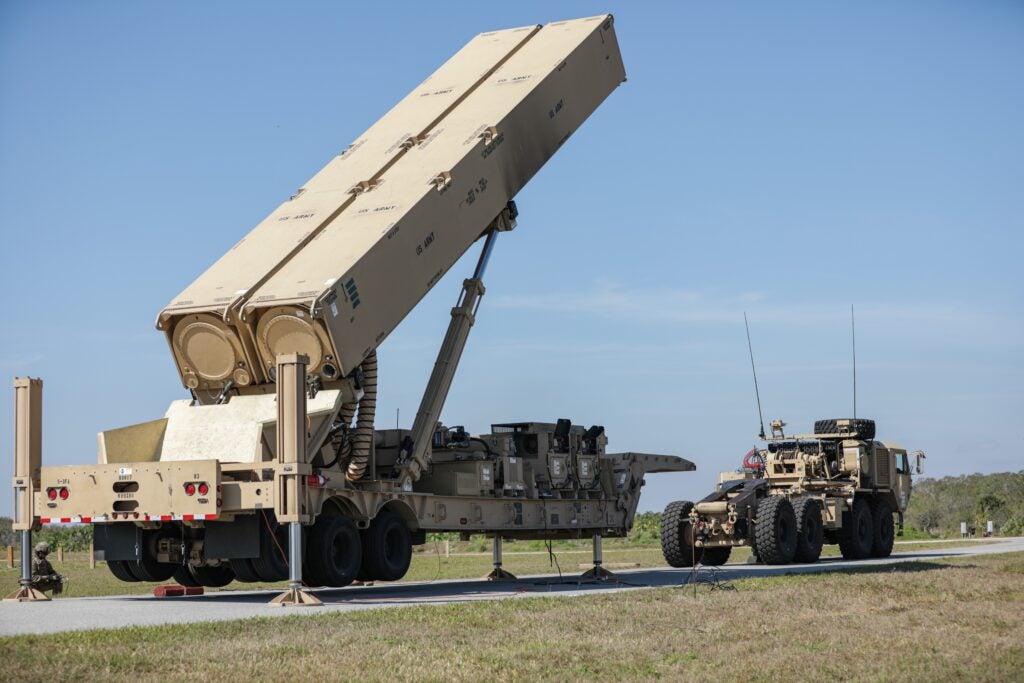US Army Attempts to Test Fire Hypersonic Weapon from Cape Canaveral
The US Army’s 1st Multi-Domain Task Force deployed its long-range fires battalion in February with an almost operational Long Range Hypersonic Weapon (LRHW). This is the first-ever deployment of a US Army hypersonic weapon.
The exercise, known as Thunderbolt Strike, saw battalion elements deploy from their home at Joint Base Lewis-McChord, Washington to Cape Canaveral, Florida. Here on the other side of the continental United States, they would be given the opportunity to test fire their new weapon. Cape Canaveral once served as a test range for intermediate-range missiles including 49 Pershing IIs that were fired over the course of the 1980s. With the adoption of the INF Treaty, the final Pershing II was launched from the Cape in 1988. With the demise of that treaty in 2019 and the beginning of a new Cold War, intermediate-range missiles have returned to the Cape.

As part of Thunderbolt Strike, the 1st MDTF conducted training and practice drills with their new hypersonic weapon. This included processing real fire control data based on real targeting information being fed into the system. The system relies on aircraft and satellite-based sensors that are tied into a streamlined communications network to allow for a short time between target detection and destruction.
“This unit is fully trained and has proven that they can be deployed away from home station” said Col. Ian Humphrey, US Army Rapid Capabilities and Critical Technologies Office hypersonic weapon integration project manager, “and go right into whatever mission they’re given.”
Commander of the 1st MDTF, Brigadier General Bernard Harrington, stated that he expects the first LRHW battery to be fully operational by the fall of 2023. The most important element to operationalizing the weapon will be a complete flight test of a live round, which almost took place at the Cape despite the US Army not mentioning this in its release. On 3 March, space enthusiasts who persistently watch the Cape for activity spotted an unusual launcher deployed at Launch Complex 46 and then noticed the FAA had issued a hazard notice for a missile launch between 3 and 6 March. The test wasn’t officially confirmed until 6 March when the Secretary of Defense’s office admitted a test firing was planned but had been scrubbed for unspecified reasons. Interestingly, a US Navy nuclear attack submarine made an appearance in port after the scrub. People will now be on the lookout for LRHW’s return to the Cape and the US Army’s first intermediate-range missile test since 1988.

